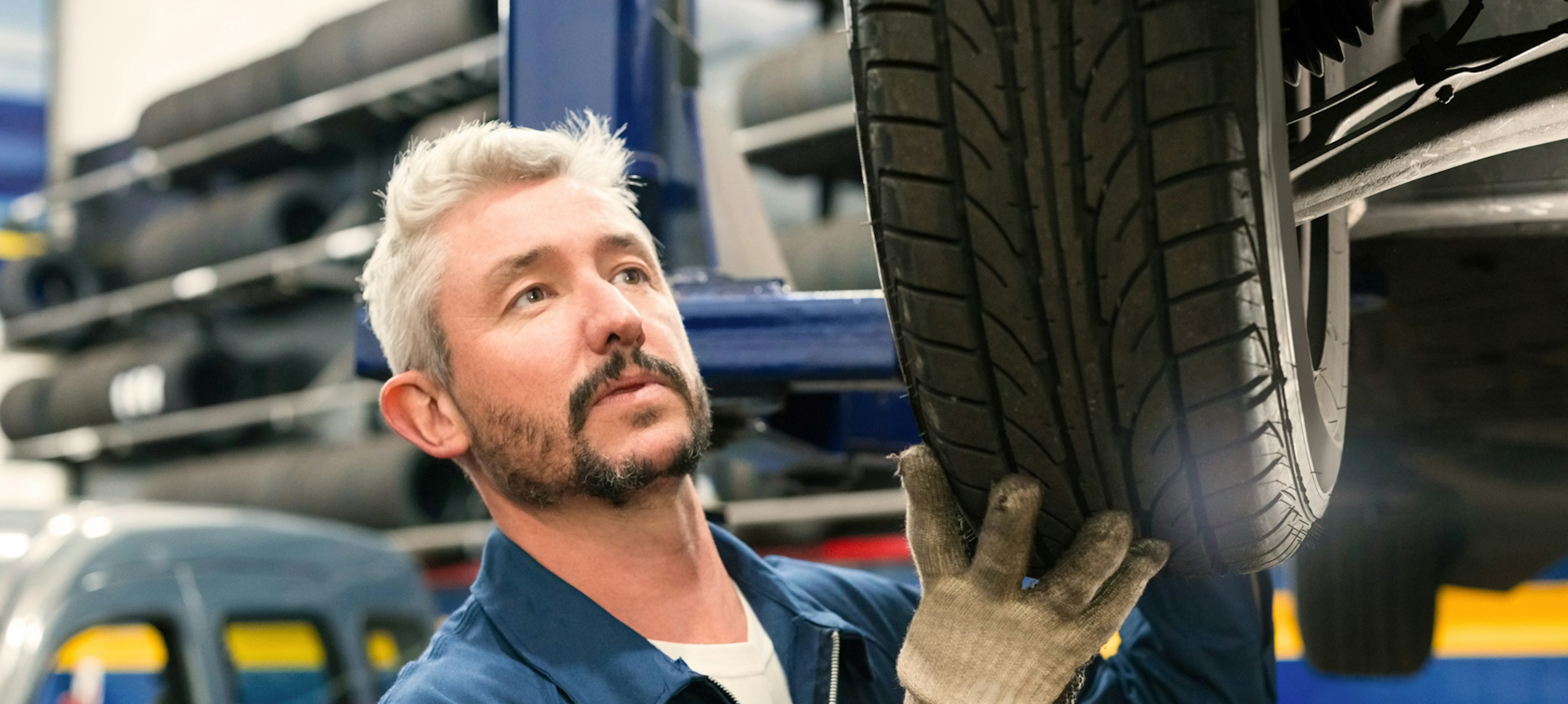Portions of the automotive fleet industry are inching back to pre-2020 levels. Production levels for car, pick-up truck, van, SUV, and hybrid segments are slowly improving. Many of those segments also appear to be on an open-order basis (although fleet managers may need to act fast and be flexible), providing some clues for model year (MY) 2025. Regarding order-to-delivery (OTD) for medium- and heavy-duty commercial vehicles, those segments are following a similar trend in overall growth, but still lag at historic levels reached in 2019.
Mike Albert fleet expert Jason Kraus breaks down what fleet managers should expect in the auto and fleet industry for MY2025 medium- and heavy-duty commercial vehicles.
MY2024 Overview: Class 4 - Class 8 Commercial Trucks
In the first six months of 2024, production levels for medium- and heavy-duty commercial vehicles continued to improve. For example, in April, Class 8 were 14,000 units up 12.5% from April 2023 (12,250 units) but still well below the 16,400 units produced in April 2019. By June, ACT’s North American (NA) commercial vehicle (CV) forecast showed that Class 8 truck production was expected to slow through the end of the year before growing beyond in 2025. But Class 4 through Class 7 didn’t change much.
Model Year 2025 Class 6 – Class 8 Heavy-Duty Production Forecast
- Class 6 – 8 Heavy Duty production slot availability is improving in Q3/Q4 of 2024.
- Class 8 Sleeper Cab availability is the most prevalent.
- Class 6-8 Day Cab slots appear to be opening due to customer cancellations, including options from Kenworth, Peterbilt, Freightliner, Ford F650 and F750, and more.
- Keep in mind that industry experts in-the-know expect production slots to open for specs available, not the desired ones. For example:
- Limited availability exists for some engine and transmission options versus what you might have in your fleet today.
- Realize that there are a limited number of production slots certified for California Air Resources Board (CARB) emissions remaining. So, if this is part of your remarketing strategy years from now, you may need to acquire a non-CARB unit if you operate outside of California.
- Ultimately, flexibility is the best planning strategy combined with an extended warranty package.
Modely Year 2025 Class 4 – Class 5 Heavy Duty Production Forecast
- Class 4 – 5 Medium Duty production slot availability is also improving in Q3/Q4 of 2024.
- Ford, GM, and Isuzu have already stopped selling diesel versions of F550, Low Cab Forward, NPR, etc. into California effective 1/1/2024 due to CARB compliance.
- Gas versions of these models are still offered for California.
- Gas & Diesel versions of these models are available elsewhere.
Thinking Ahead - 2027 EPA Regulations for Medium-Duty and Heavy-Duty Trucks
Roughly two years sounds like lots of time before the nation’s strongest-ever standards to cut smog and smoot-causing emissions from heavy-duty trucks take effect. But January 1, 2027, will be here before anyone knows it. Here’s what you need to know to not get caught off-guard when the time comes to get your fleet ready to meet the new standards:
- The new rule, finalized in December 2022, requires heavy-duty commercial vehicles to limit nitrogen oxide (NOx) emissions to 0.035 grams per horsepower-hour during normal operation, 0.050 grams at low load, and 10 grams at idle.
- The time for Class 4 – 8 diesel-powered unit “pre-buy” is now. Industry experts say the 2027 EPA regulations are likely to spur purchases of older trucks from now into 2025 before the new rule goes into effect.
- Experts estimate $20,000 to $40,000 in emissions upgrades per vehicle.
- While exhaust gas recirculation (EGR) technologies may not factor into achieving the 2027 EPA regulations at this point, Diesel particulate reduction (DPR) also known as Diesel Particulate Filter (DPF) + Selective catalytic reduction (SCR) technologies will be employed. The emissions aftertreatment technologies involved will vary by engine manufacturer. It is likely that there will be increased use of Diesel Emissions Fluid (DEF) based on the technologies employed.
- Allen Schaeffer, executive director of the Diesel Technology Forum, a non-profit advocacy group has stated, “Technically the required NOx emissions reductions are significant, to the tune of 82% lower than today’s levels—which are already near zero (0.20 g/BHP-hr.)."
Supply chain dynamics have improved, resulting in available production capacity for medium- and heavy-duty vehicles. This is important towards the replacement of older assets experiencing higher maintenance costs, as well as for proactive steps or “pre-buy” in advance of the next round of emissions regulations going into effect on 1/1/2027. The technologies will be ready to help dramatically reduce NOx and CO2 emissions, at a premium to today’s vehicles and with the potential for higher operating expenses for things like DEF.
Regarding the auto and fleet industries, “the only constant is change”—so we can expect the landscape to shift even more going forward. Stay ahead of the curve and up to date on fleet resources and news by following Mike Albert on LinkedIn.
Read the forecast for model year 2025 cars, SUVS, and trucks,here.
Read the forecast for model year 2025 electric,hybrid, and alternative fuels, here.
Mike Albert Fleet Solutions’ Jason Kraus is Director, Vehicle Acquisition & Lease Structure for the company. Connect with Jason on Linkedin.


